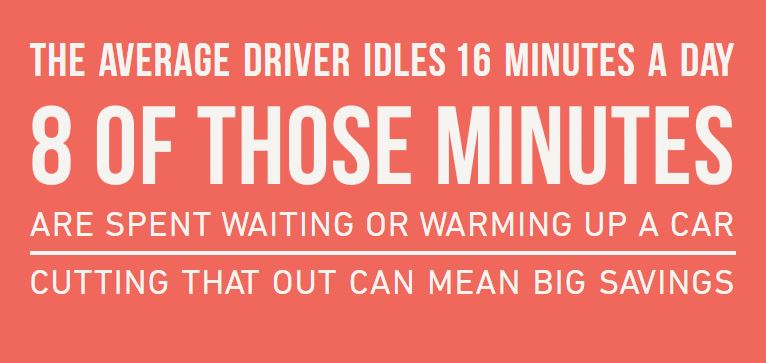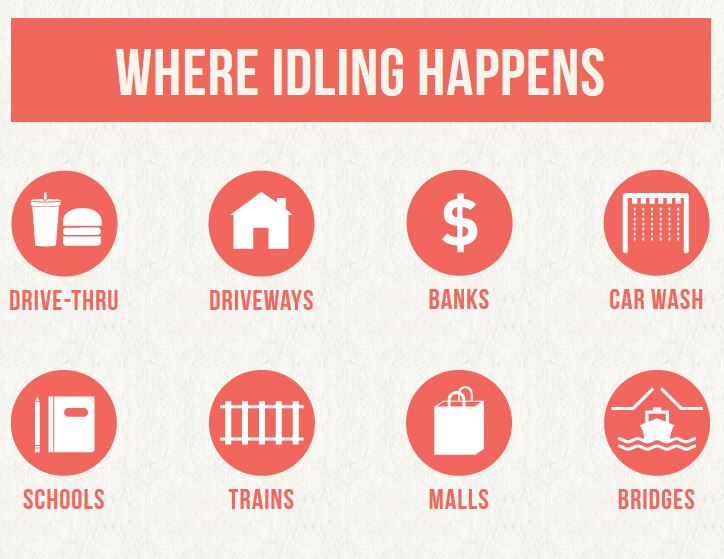
© www.iturnitoff.com - Sustainable America
Did you know that if you let your car idle for more than 10 seconds when you’re at, say, a drive-up ATM, you are simply wasting the fuel that you might have thought you were saving by avoiding the stop-start process? Furthermore, did you know that every day Americans waste approximately 3.8 million gallons of fuel, simply by idling?
Most of us were taught that it wastes more fuel to turn a car off and on than to let it idle, but with the electronic ignitions that are ubiquitous today (having been around since the 1980s)—this is no longer the case.
Sustainable America is a non-profit organisation devoted to making food and energy systems more sustainable through education and impact investing. One of its initiatives is dedicated to idle fuel consumption and how to decrease idling time for vehicles—a positive step toward greater fuel economy and reducing emissions.
The program with this objective is called “I turn it off”; it is a website with a lot of interesting information on how to prevent idling, and strives to raise awareness of the environmental and economic costs of idling. The website furnishes us with some interesting information on idling and addresses some of the misconceptions. There are some surprising facts:
• in cold weather, a vehicle only needs 30 seconds to warm up
• turning your engine off is actually better for the engine than leaving it running
• two minutes spent idling is the equivalent to driving for one mile.
• two minutes spent idling is the equivalent to driving for one mile.
Also included are some of the places where idling events are most likely to occur:

© www.iturnitoff.com - Sustainable America
The I turn it off website also covers other aspects of idling, particularly regarding the law and there are some real-life examples of anti-idling initiatives.
With regards to legislation in the US, measures have been introduced in order to help curb the health and environmental hazards of idling. Nineteen states have passed anti-idling regulations, the most extreme being in Utah, where a first-time idling violation brings a $1,000 fine and/or up to six months in prison, and New York State, where a first-time violation can bring a fine up to $15,000.
Taking a look at one of the real life examples, the website describes how a regional, family-owned, uniform and linen service in the Northeast of America implemented a series of idle-free measures in its fleet. Crown Uniform and Linen strengthened their existing idling policies and rolled out an idling-reduction pilot program. When they started, they discovered that each truck was idling around 70 minutes per day, which was reduced to just 7 minutes after only three months into the program. So, how did they approach the problem?
By tackling it in the following stages:
By tackling it in the following stages:
1. Calculating the current idling baseline—70 minutes per truck
2. Establishing a new idle limit—10 minutes, max
3. Identifying common reasons for idling
4. Re-training drivers to immediately turn-off engines after stopping
5. Implementing a data tracking and reporting system
5. Implementing a data tracking and reporting system
6. Developing daily communications and rewards for positive behaviour
Imagine how much you could save if you started measuring idling in your fleet...



